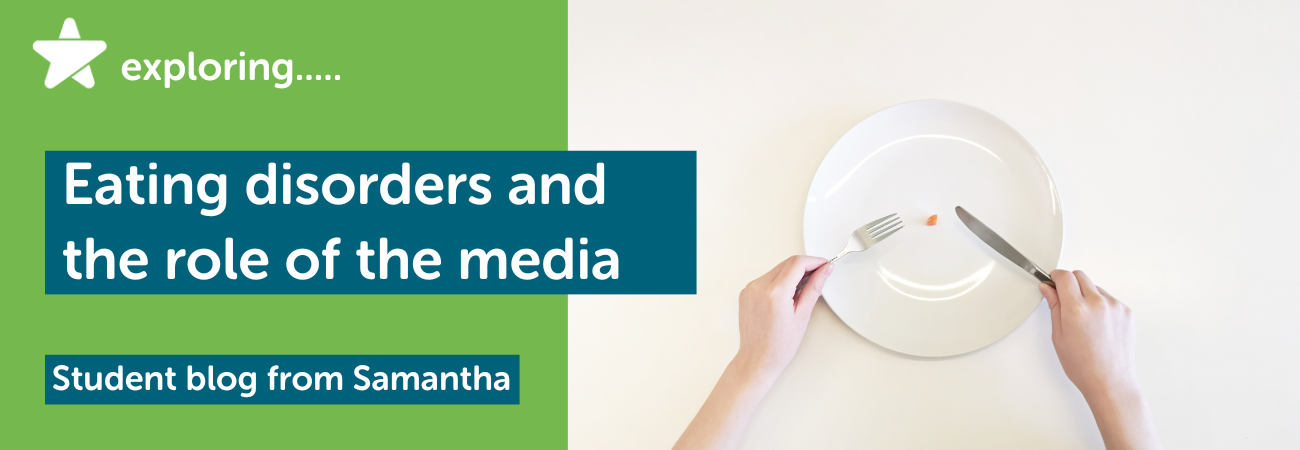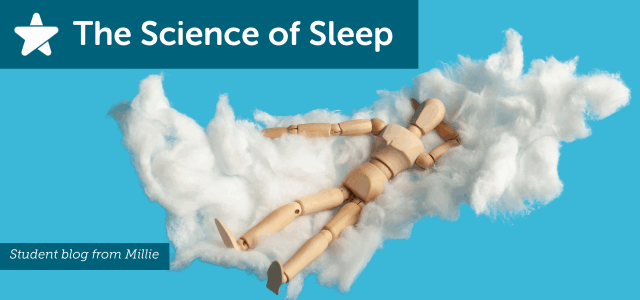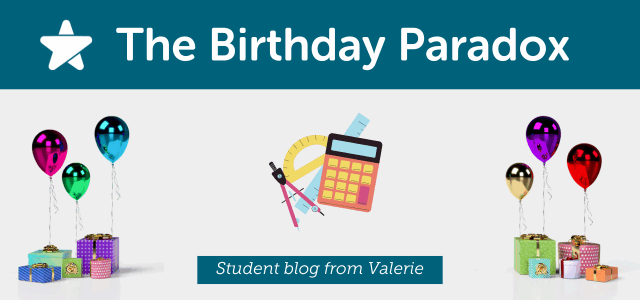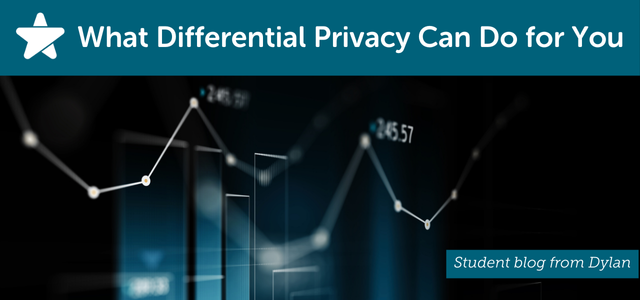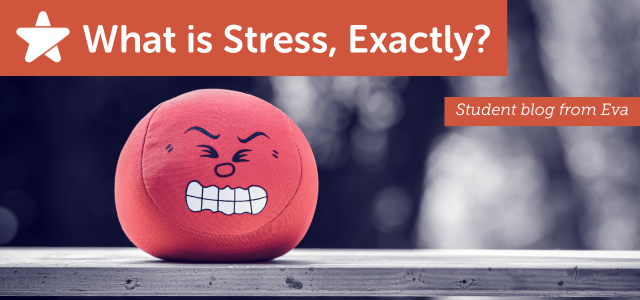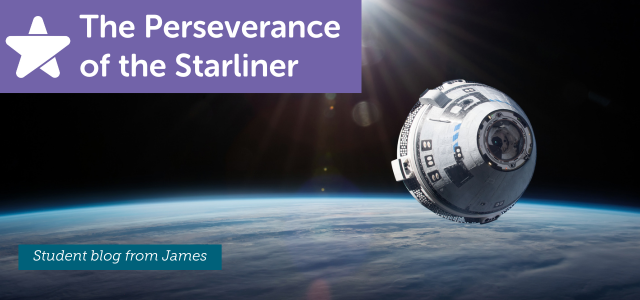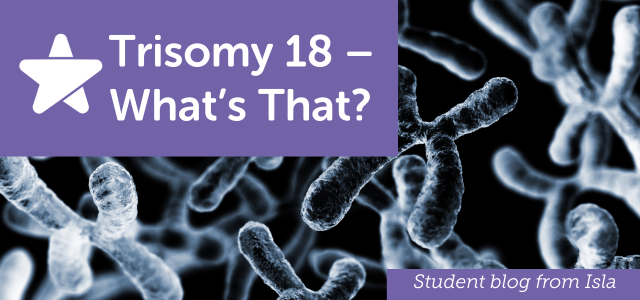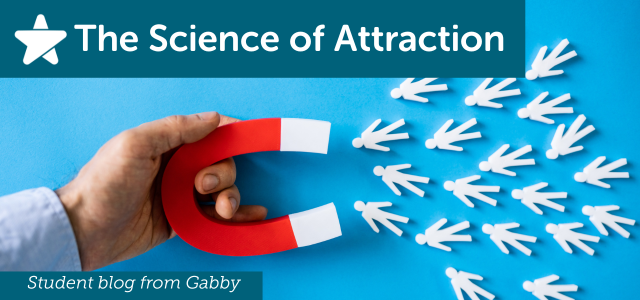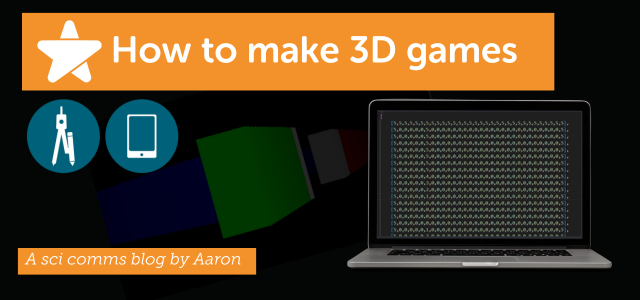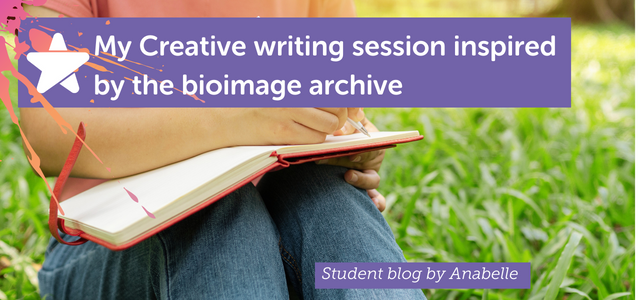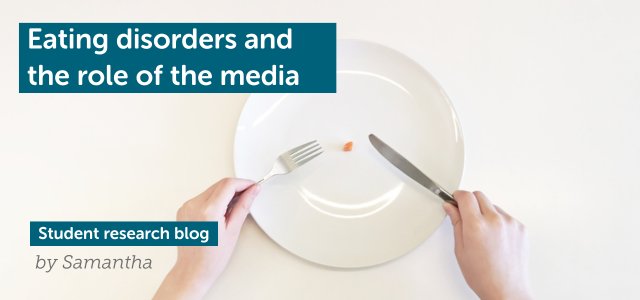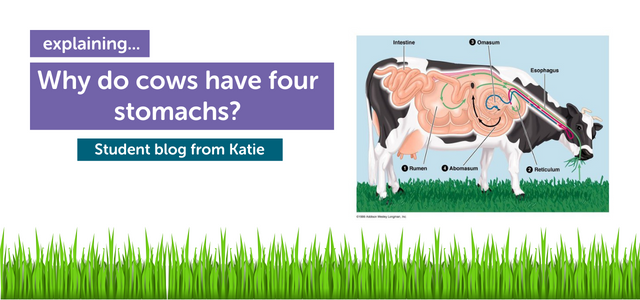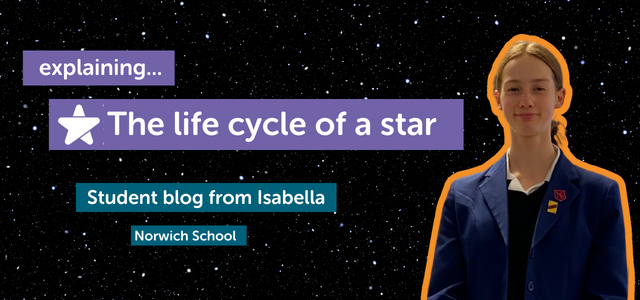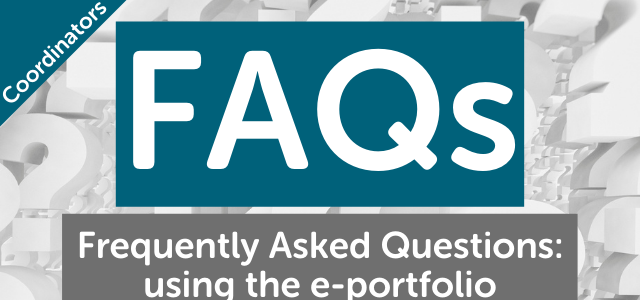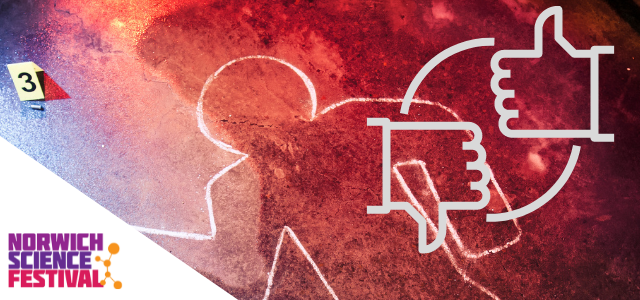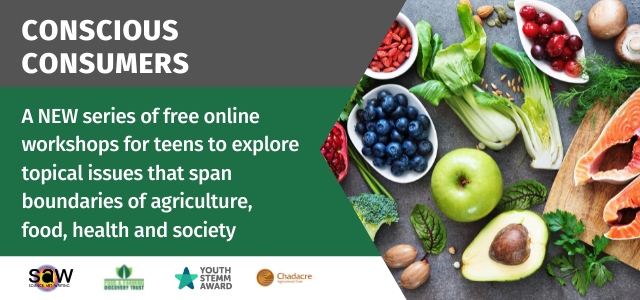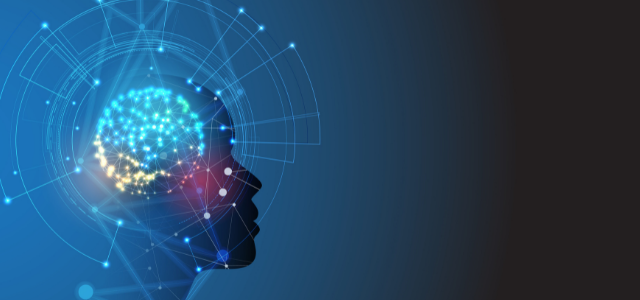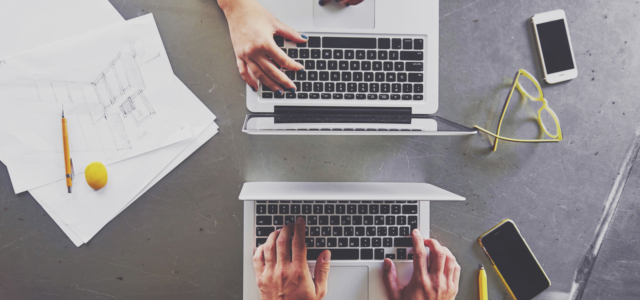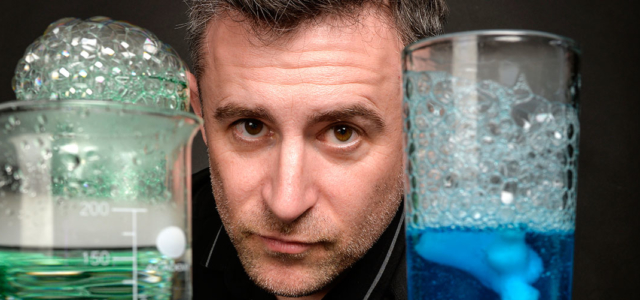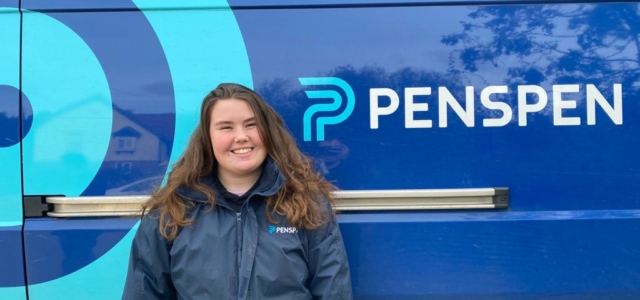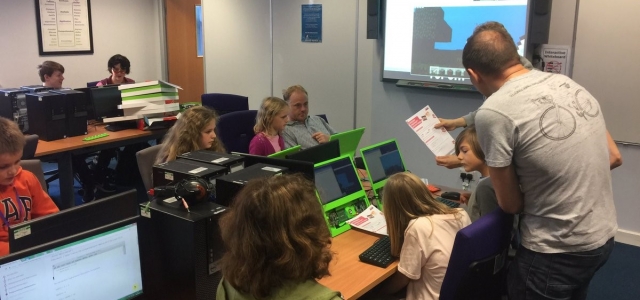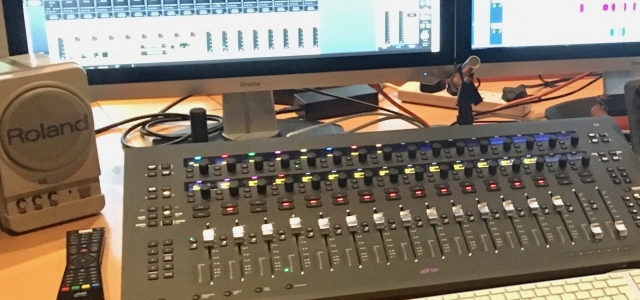Trigger warning – this blog post discusses eating disorders.
Youth STEMM Participant Samantha has been researching the stats about eating disorders and shares her thoughts on the role played by mainstream and social media, and how things should change for the better.
Eating disorders
Eating disorders are serious mental health illnesses that can affect anyone and everyone, regardless of age, gender, or background. People with them can use disordered eating to cope with difficult situations or emotions in a potentially fatal unhealthy way. Weight or shape, and how that affects personal self-esteem, is thought to be an important factor in all eating disorders, of which there are several types.
Anorexia nervosa: people seriously limit their food intake, they may make up ‘rules’ that decide when, where or what they can eat. One of the rules people live by may be over-exercising after each meal. People often see a ‘distorted’ image of themselves that isn’t how others perceive them or how they actually look, this is called body dysmorphia. There is often a fear of gaining weight.
Bulimia nervosa: sufferers are caught in a cycle of bingeing and then purging their food.
Purging methods include- vomiting, abusing laxatives or diuretics, fasting or excessive exercise. Bingeing can be normal when people are going through stressful patches, however, sufferers often feel out of control, that they are eating too much or too quickly and this causes extreme distress.
Statistics (source: Beat.co.uk 2023, the UK’s eating disorder charity)
Females:
- Aged 5-10 0.2% have an eating disorder.
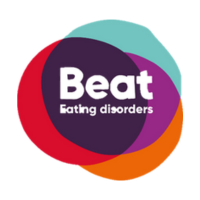
- Aged 11-34 0.3% have anorexia and 1% have bulimia.
- Aged 11-24 2.37% have EDNOS (Eating disorder, not otherwise specified).
Males:
- Aged 5-10 0.5%
- Aged 11-34 0.1% have anorexia and 0.33% have bulimia.
- Aged 11-24 0.79% have EDNOS.
These rates may not seem like a lot, but they equal 357,333 people, and this isn’t even all age ranges and all eating disorders.
Magazines
One study found that 50% of ads in teen magazines use ‘sexualised beauty’. This has led to a significant increase in teen girls, and increasingly boys, being dissatisfied with the way they look. This has coincided with an increase in the use of severe methods of changing the way they look to combat these feelings.
It is widely accepted that magazines and other advertisers digitally edit photographs of people’s bodies in ways that may be unnatural or unattainable naturally. This creates an unrealistic standard that many young people will see, idolise, and try to reach. Unfortunately, they may not know the picture they use as ‘thinspo’ (a term commonly used on social media to mean thin-inspiration) has been heavily edited and when they can’t reach that ‘goal’, sufferers of eating disorders may spiral into depression, another acute mental health illness.
Publishers also feature two conventionally attractive celebrities or models that fit their beauty standards against each other. A tactic often used is to make it seem like one of the people isn’t beautiful enough. This can damage the self-esteem of readers and fans as they may take that mentality onto themselves and think that they also aren’t good enough.
It is common to see magazines showcasing and recommending ways that people with influence have gotten the ‘perfect body’ or their ‘beach body’. These terms are toxic and instil the idea that one body type is acceptable. Magazines often advertise ‘last minute’ ways of getting these bodies. These methods are often unhealthy and include days of fasting. This is actively promoting starving yourself to achieve someone else’s idea of perfection. This is unhealthy and can be incredibly damaging.
Social media
According to a study done by Pew Research, 69% of teen girls use Instagram and 1 in 3 of these people feel that the way they view themselves has been affected by their use of the app. So why do they still use it? Many use it to keep in touch with friends and up to date on their lives as well as posting about their own. Not everyone goes out of their way to look at potentially damaging posts. Despite this, some people do deliberately go onto different apps to find ‘thinspo’ to try and find more people to use as examples of their ‘target body’. This is extremely dangerous, and Instagram alone has over 5,000 posts under the hashtag thinsp (a way to get around the guidelines of the app).
Along with all of this, there are many people who edit the pictures they post or use filters to make themselves appear different to reality. This means that often, the idols don’t even look like that in real life, meaning it is unreasonable and unobtainable to aspire to look like them. Some people may not even be in control of what filters are used on them. Many big fashion and makeup brands edit the faces and bodies of their models to remove aspects they see as imperfections. This can be very damaging for their audience as they’ll then start to think of these features as imperfections too. This can ultimately lead to self-deprecation and people going to extreme lengths to change themselves.
Luckily most of these apps do have guidelines which can help suffers avoid seeing posts that are not related to recovery and will block users from seeing them if searched. Along with this, they will also provide links to websites that will provide help and numbers to call or text if you need to talk to someone else to get help instead of reading from a website.
Technology
Technology has become accessible to most of the population in the past decade, this means that 63% of the population as of 2022 have access to this harmful side of the internet and can be affected by it. This could’ve led to an increase in people experiencing negative feelings towards their appearance and possibly developing an eating disorder.
More and more apps have been created to aid in calorie tracking, a method used by some sufferers to aid them in weight loss. This behaviour can quickly become obsessive and spiral out of control until the person is constricting the amount of food they have more and more until they end up eating very little each day.
With smartwatches becoming more common, it is estimated that by the end of 2023 224.27 million people will own a smartwatch, and more people have access to an automatic calorie loss tracker. For example, on the Fitbit app, you can track your weight, caloric intake, and log exercise. This means that you can get an accurate gauge of your weight and total calories gained/lost in the day. These features aren’t meant to be used for obsessively tracking weight loss and gain, they’re meant to be used in a healthy way to aid fitness and track progress. Producers of these watches may have unintentionally given sufferers a way of easily tracking the things they compulsively want to check.
Dangers of eating disorders
Eating disorders go hand in hand with other mental health issues, this is called co-morbidity. Along with suffering with their eating disorder, many people also have anxiety, depression, or OCD. These illnesses may also amplify each other and their dangers.
Eating disorders themselves can be described as an addiction, addiction being a compulsive need to do something dangerous or harmful that is difficult to stop. Sometimes people use things like alcohol or other stimulants to suppress their appetite, which may lead to an addiction to the substance.
There are many things associated with eating disorders that can be fatal. These include but are not limited to, malnutrition, substance misuse and heart conditions. People may develop heart issues because of muscle loss caused by muscle being used as a source of energy after all the body’s fat is used in the same way. Seeing as the heart is a muscle, it may also be affected by this.
Evaluation
After all this research and some of my own experiences, it is clear to me that the increased exposure to misinformation and passive-aggressive advice magazines, social media and its influence on my generation and the widespread availability of technology has had a massive effect on the way we view our bodies and the way we respond to negative feelings about them. I believe that there should be greater restrictions placed on social media platforms. This should include a responsibility to regulate influencers who post about dangerous diets such as juice fasts or cleanses. I believe it should be made clear when an image has been edited. There are many more things that can be done to try and undo the damage that has been done, but this is just a starting point.
Sources

